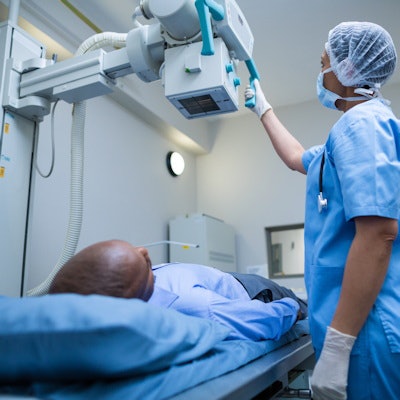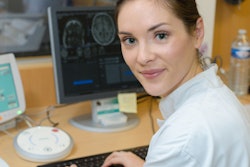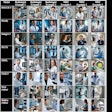
Image quality coaching improves technologists' skills -- and in turn improves patient care, a study published April 2 in the Journal of the American College of Radiology has found.
Such a program offers many benefits, not the least of which is providing technologists with key support, according to a team led by Dr. Gloria Hwang of Stanford University.
"A growing body of evidence suggests that investing in improving technologists' skills, which vary significantly, can elevate examination quality with subsequent improved resource use, patient experience, and, most importantly, diagnostic accuracy," the group noted.
Medical images need to be of high quality to be most effective for patient care. Poor image quality can be due to incomplete exams, inadequate anatomical coverage, and protocol errors, the authors wrote.
"High-quality imaging examinations are the foundation of accurate radiological interpretations and diagnostic accuracy," they explained. "Examinations that fall short of this standard contribute to misdiagnosis and reduce diagnostic certainty."
Hwang and colleagues sought to identify any pertinent factors that would influence the expansion of a peer-based, technologist coaching model program (known as CMP at Stanford) established in 2016 initially to improve the quality of mammography and ultrasound images. In 2020, Stanford began to expand the program to include CT, MRI, nuclear medicine, and x-ray.
Hwang's group sought to evaluate the success of the expanded initiative via a study that consisted of 27 interviews with radiologists, department managers and coaches, and technologists across imaging modalities. They analyzed survey responses along with information generated from six image quality learning meetings.
The team found the following support factors were most helpful for expanding the program:
- Cross-modality learning collaboration
- Careful pairing of coach and technologist
- Flexibility in feedback frequency and format
- Radiologist engagement
- Staged rollout
Barriers to successful expansion of the initiative included a lack of the following: safeguarded coaching time, preexisting audit criteria for some modalities, and privacy of auditing and feedback data.
Survey participants were enthusiastic about the CMP. One stated that the initiative was a key reason he pursued a position at Stanford, "[The program] was kind of like a level of reassurance that someone would have my back and I would get the help, the tools I needed to become a better tech." Another reported that the program helped build his positioning skills and yet another wrote that without participating in the program he would "be missing out on becoming a better technologist."
The takeaway? A CMP like Stanford's offers many benefits -- and it's worth expanding to all types of imaging, according to Hwang and colleagues.
"Adaptations to each radiology modality and communication of these learnings were key to disseminating the existing CMP to new modalities across the entire department," they concluded.




















